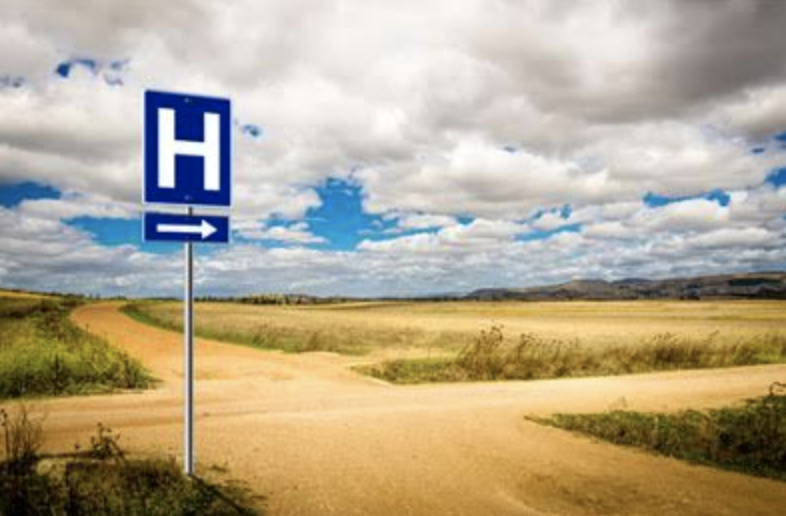
In the last 8 years, rural America has seen 83 hospitals close their doors1, putting added strain on already limited resources and leaving communities without access to emergency healthcare. The remaining hospitals are responsible for a wider radius of territory which has led to increased patient transport time. As a result, first response care has become even more crucial in rural communities when an emergency situation arises and every second counts.
Rural vs. Urban Care
While there isn’t a noticeable difference in the quality of care between urban and rural areas, there is a gap in the availability of care that can affect patient outcome. Delays in treatment are often the determining factor in a trauma patient’s chances for survival. When treatment is administered quickly, the outcome in cases of trauma is comparable between remote and urban areas. However, there is a higher rate of injury-related death2 in areas with a low population density because resources and personnel are stretched further.
In rural areas, the physicians per capita ratio3 is less than half of what it is in urban areas. Among the rural population, there are roughly 13.1 physicians per every 10,000 people. In urban areas, that number jumps to 31.2. Not only are rural physicians responsible for the care of a higher number of people, they are also further away from their patients, making treatment far less accessible.
Dangers Faced by the Rural Population
It may seem reasonable to assume that city dwelling comes with an increased risk of injury-related death, but statistically that rate is higher among remote populations4. Though there are fewer cars in rural counties, there is a greater risk of auto-accident fatality than in urban areas. Road conditions and access play a significant role in these deaths as well as increased driving time as people have to travel further distances to reach goods and services.
Additionally, rural jobs tend to be more dangerous. Farming is one of the most common occupations in rural areas and it is also one of the most dangerous in the country. In fact, as a career, farming is roughly five times deadlier5 than firefighting. Risk factors include operating heavy machinery, working with animals with unpredictable behavior, exposure to chemicals and harsh climate conditions, and the possibility of infection from organic substances. Compounded by remote locations that limit access to health services, these factors make farming one of the nation’s most hazardous occupations.
With so many different risk factors, from trauma to inhalation of toxic substances, rural EMS professionals need to be ready to handle any emergency situation. The level of care they’re able to offer is the difference between a life-saving outcome and a tragedy.
How Rural EMS Personnel Can Prepare
Having the right equipment on hand when heading into an emergency can make first responders more confident in their ability to handle any situation and gain control over an escalating emergency quickly. A life-saving device such as a portable medical suction unit should be charged and tested regularly to limit the possibility of equipment failure. Additionally, it is important to practice for various scenarios that might be encountered in the field.
When faced with a high-stress situation, it can be easy to become overwhelmed, especially if you’re in a remote area and back-up resources are far away. However, having the confidence to handle any emergency by training ahead of time can reduce fear and help EMS personnel to gain control efficiently.
Knowing what equipment to have on hand is vital for EMS professionals, especially in rural areas where first response care is extended. To make sure your department is well-equipped for an emergency, download our guide Determining the Contents of Your First In Bag: What Every Paramedic Should Consider.













